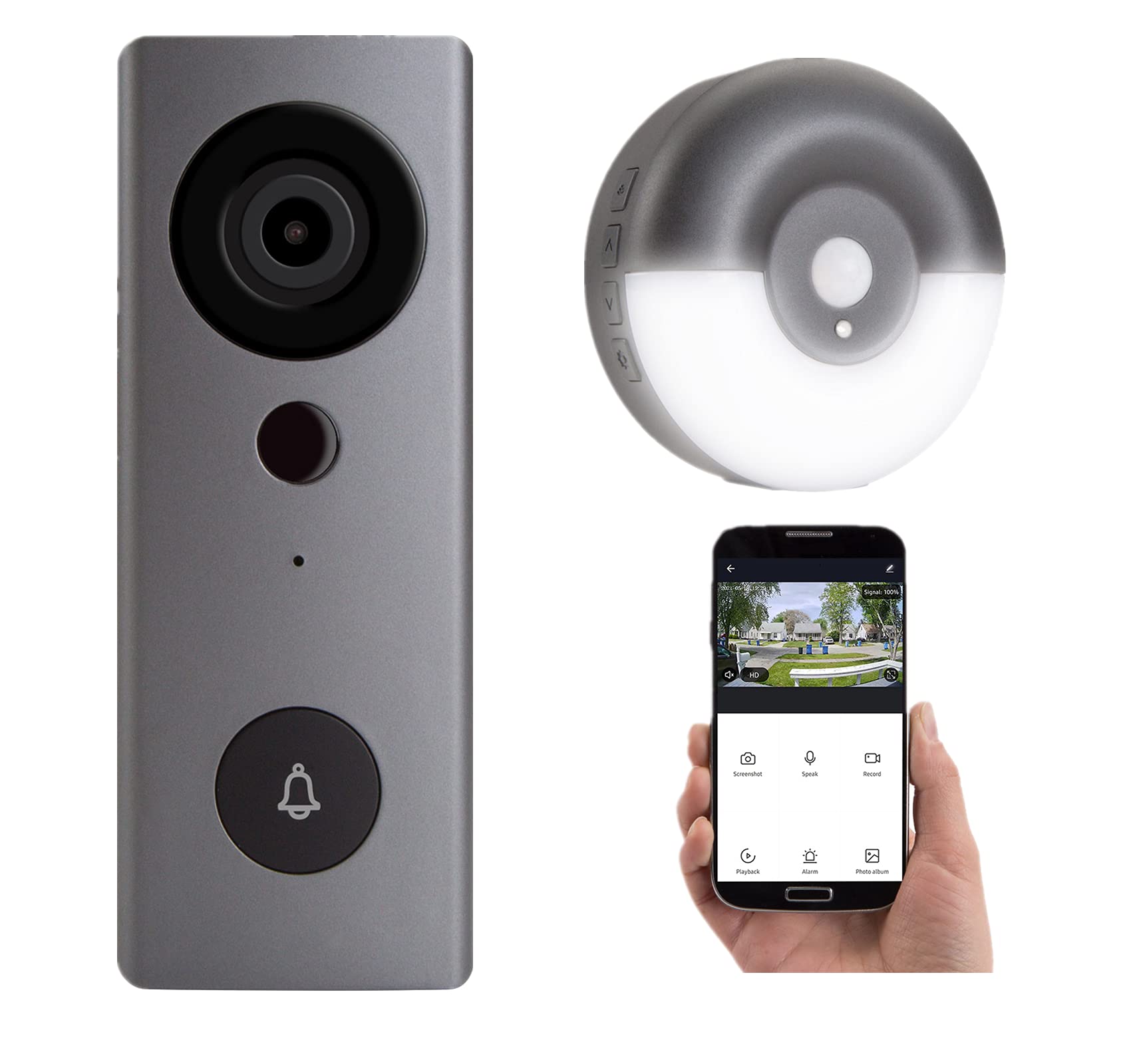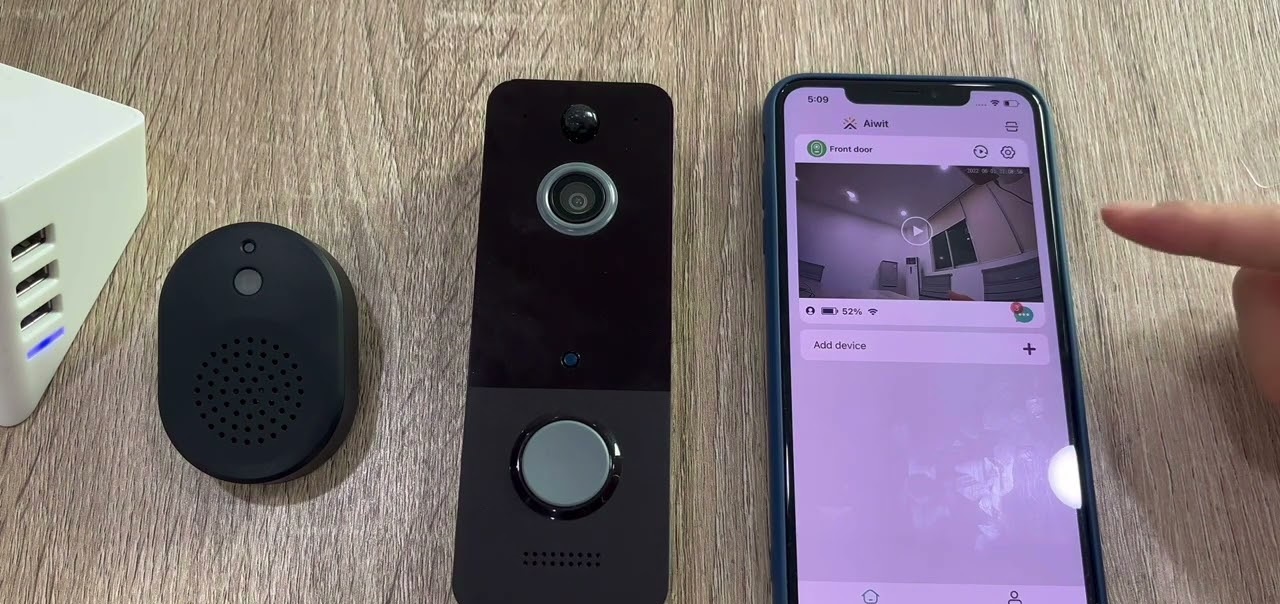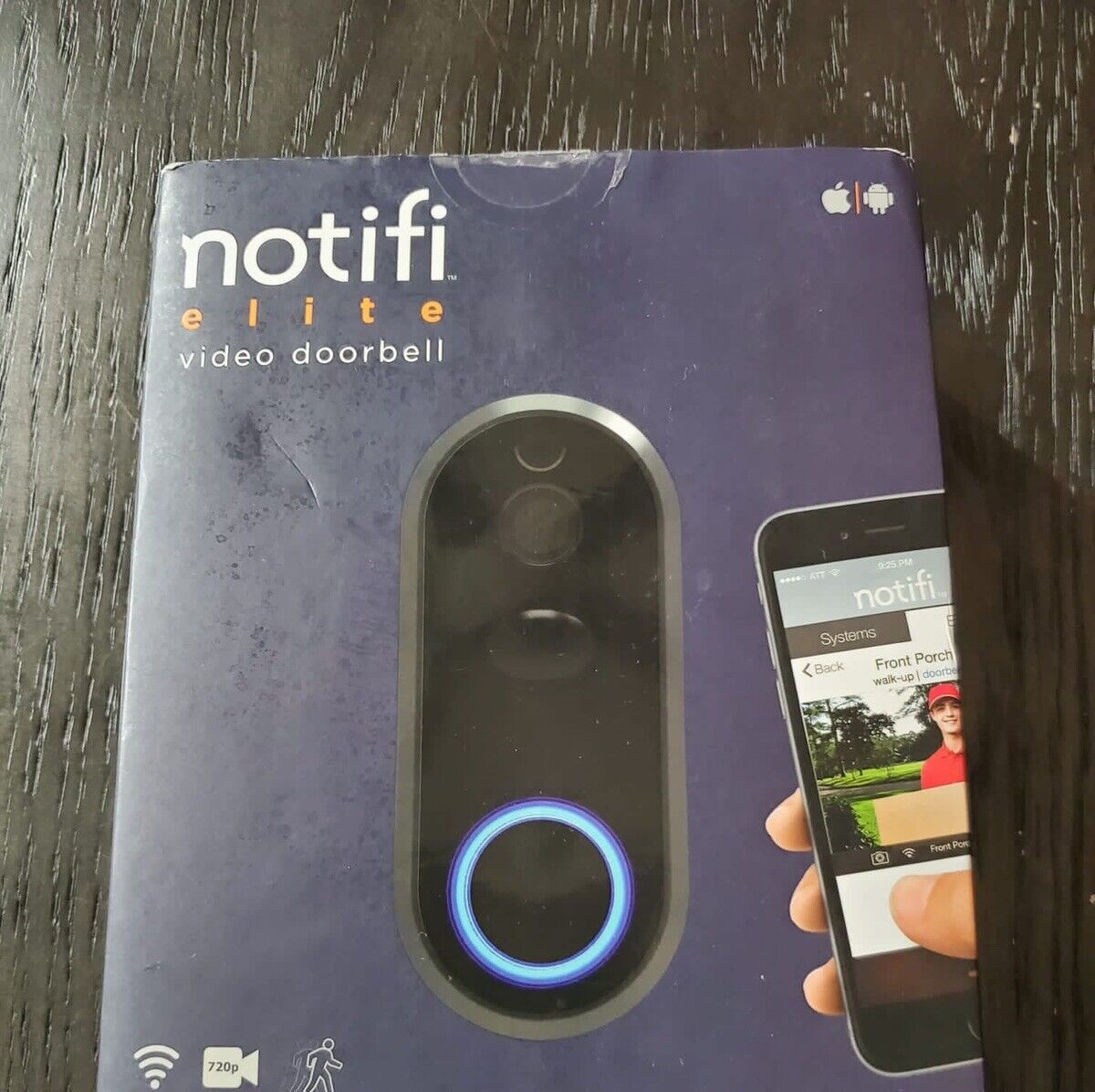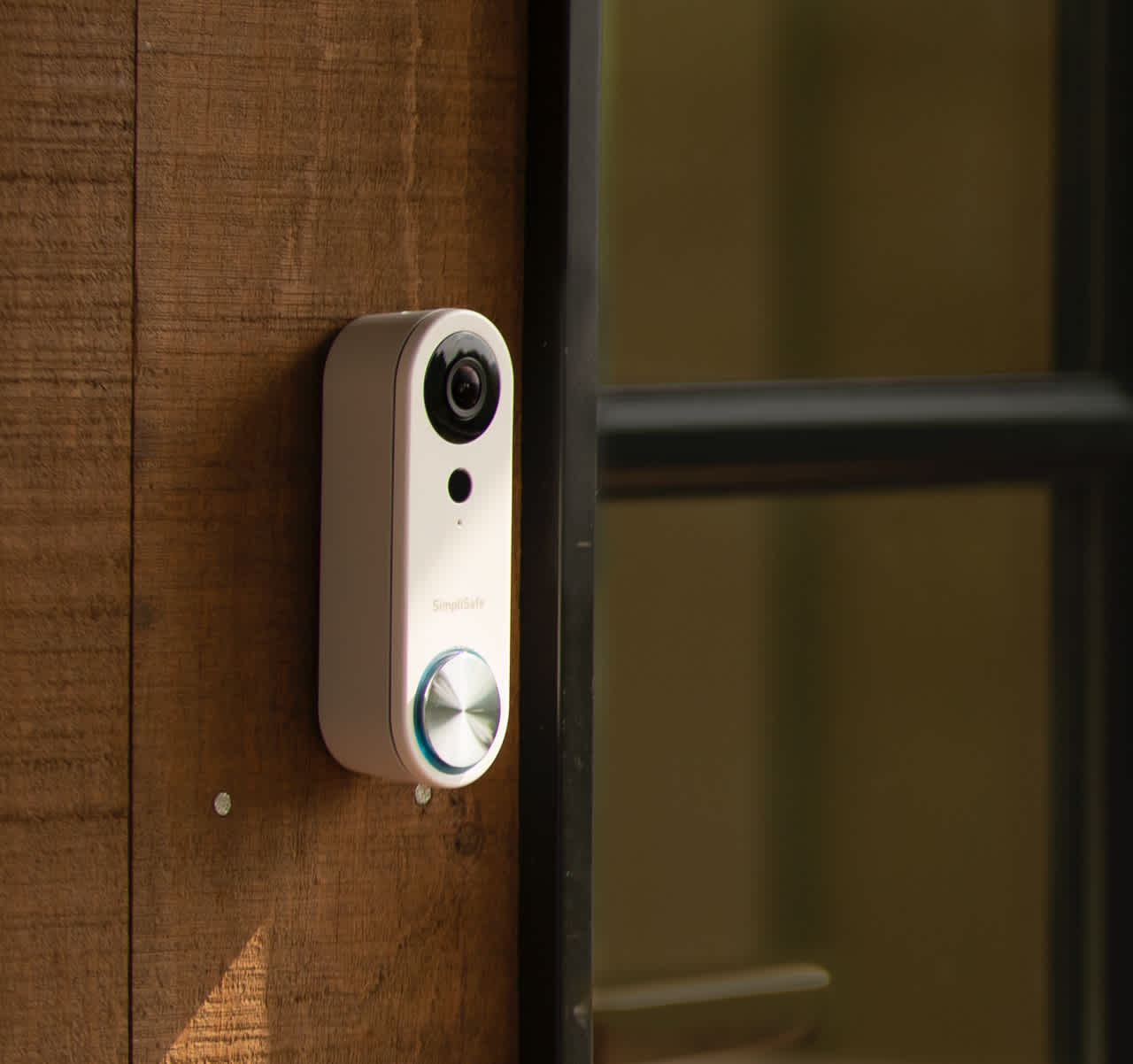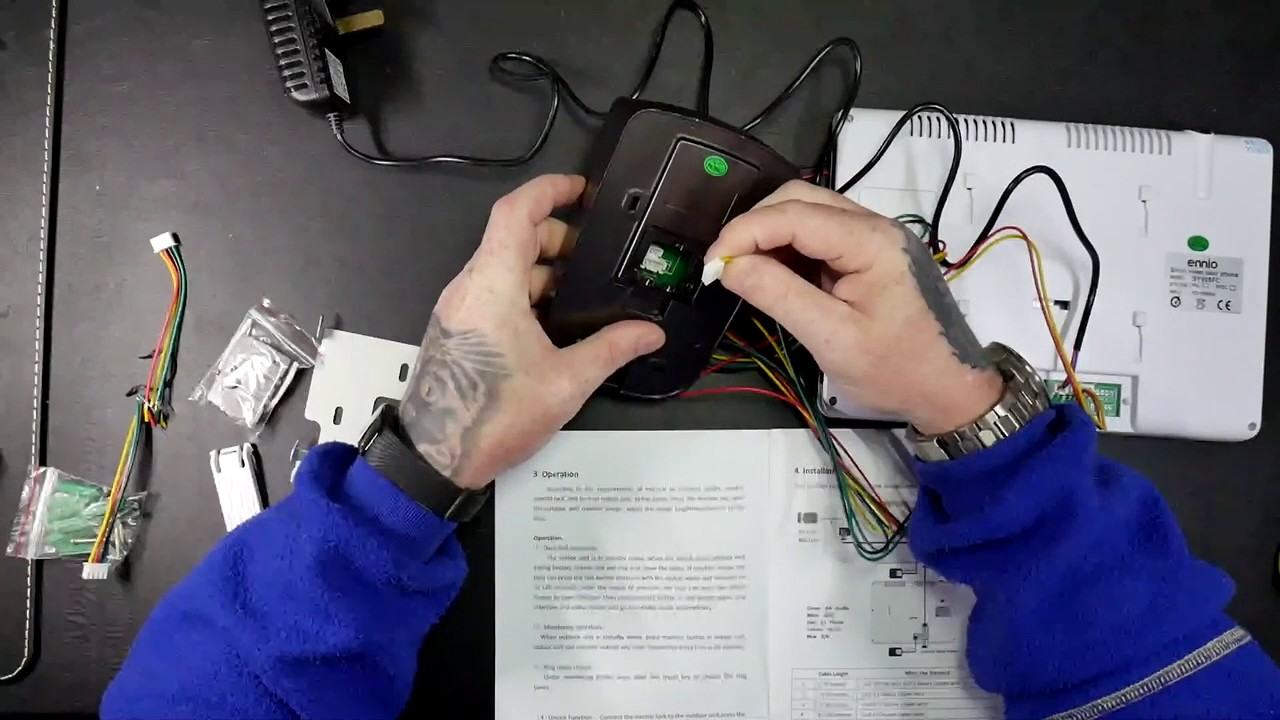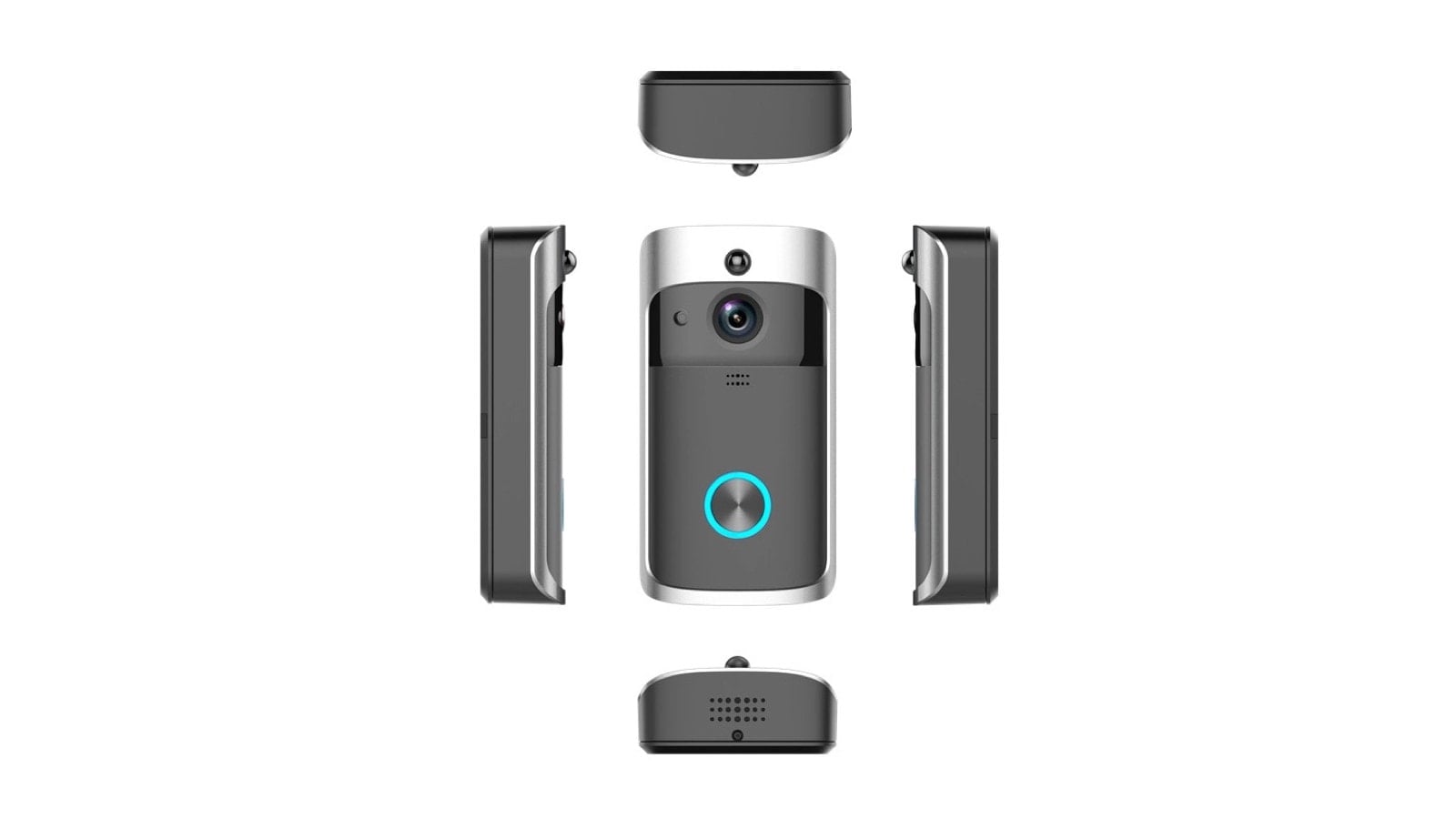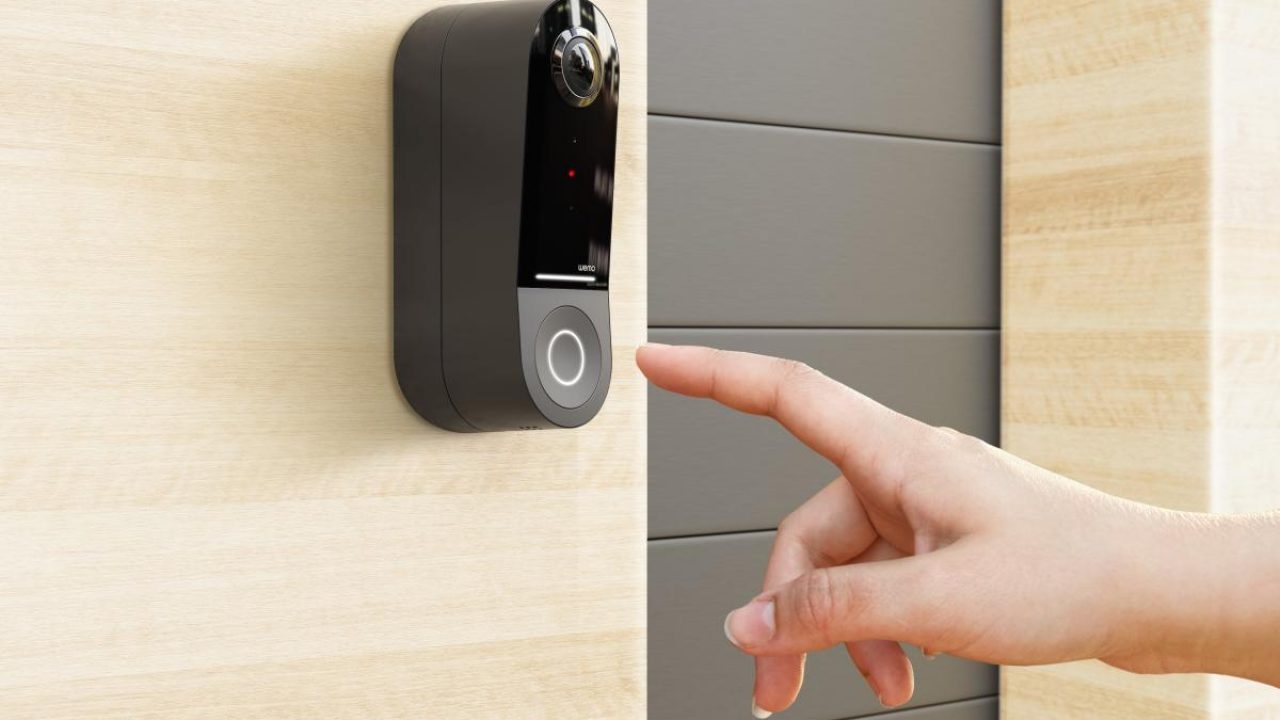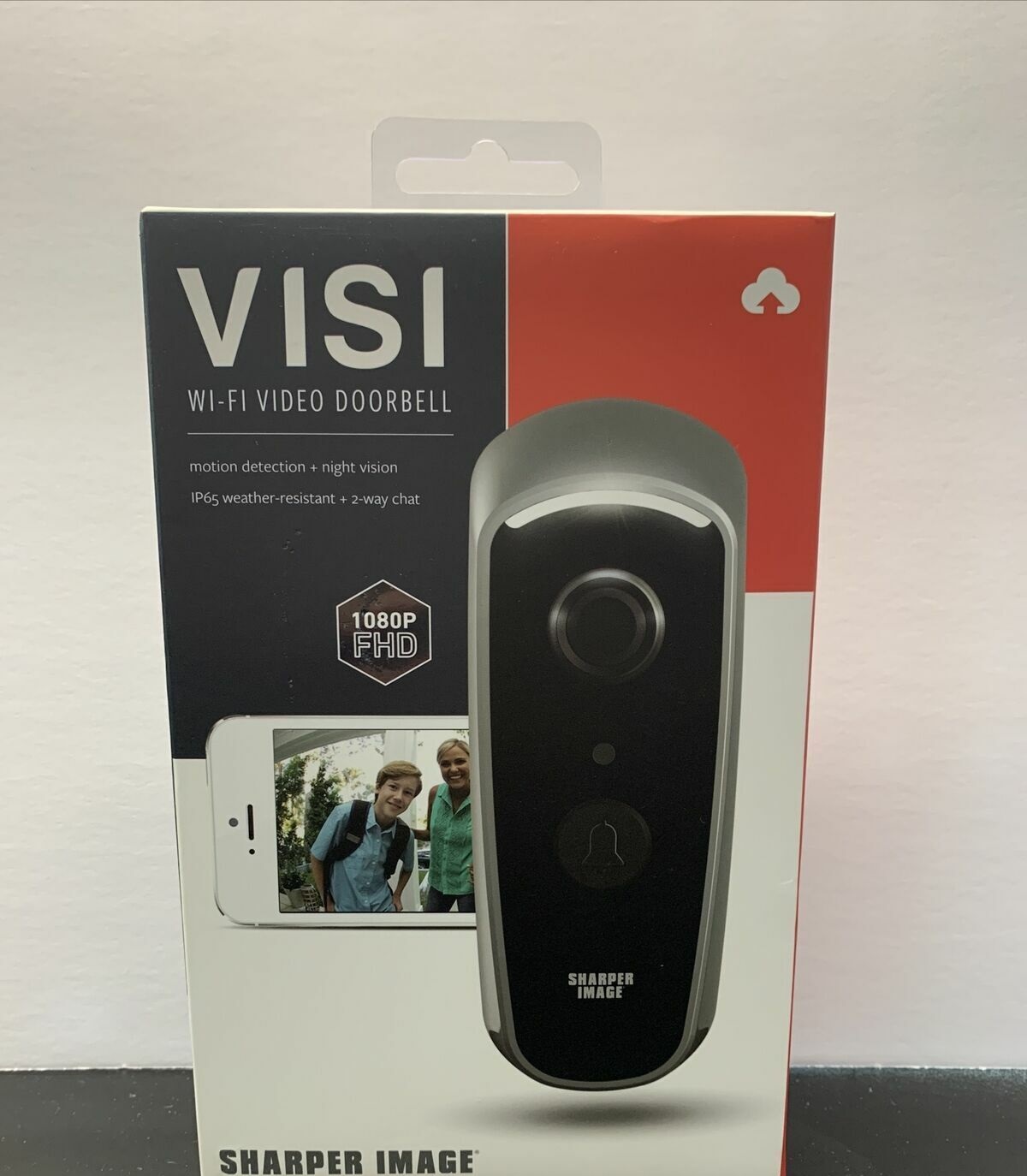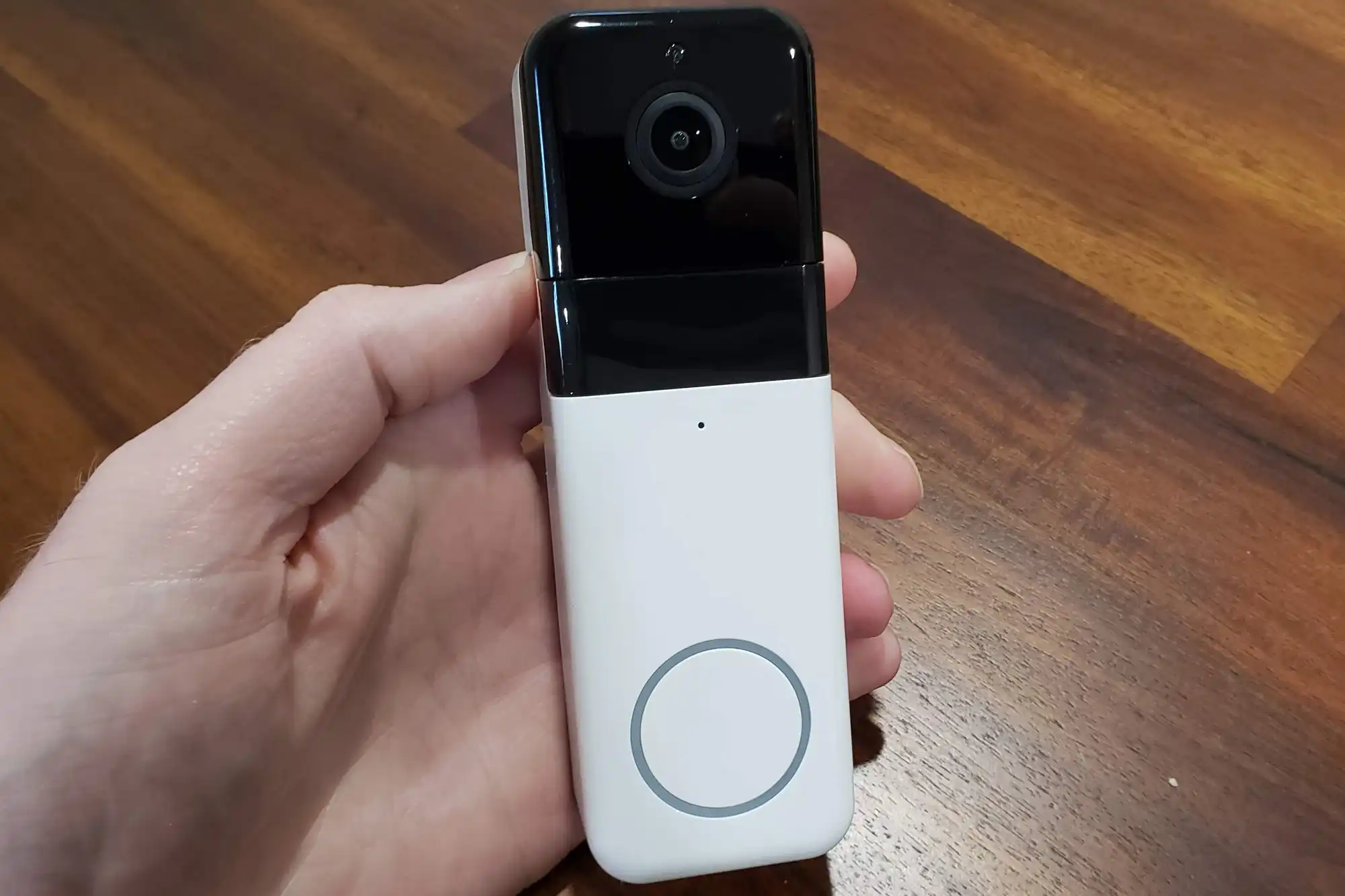Introduction
As technology continues to advance, video doorbells have become a popular addition to many homes. With the ability to see who is at your front door and communicate with them remotely, these devices offer convenience and security. However, if you already have an existing chime system in your home, you may be wondering if a video doorbell would be compatible.
Fortunately, there are options available that can work seamlessly with your existing chime. By choosing the right video doorbell, you can enjoy the benefits of both a video doorbell and a functioning chime system.
In this article, we will explore the factors to consider when choosing a video doorbell that is compatible with your existing chime. We will also provide recommendations for video doorbells that have proven compatibility with different chime systems. Furthermore, we will guide you through the installation process and troubleshoot any common issues that may arise.
Whether you’re a homeowner looking to upgrade your doorbell system or a tech enthusiast interested in the latest innovations, this guide will help you find the perfect video doorbell that works seamlessly with your existing chime system.
Understanding the Video Doorbell and Existing Chime Compatibility
Before diving into the specific video doorbell options, it is important to understand the compatibility between video doorbells and existing chimes. In essence, the compatibility hinges on two crucial aspects: the power requirements of the video doorbell and the wiring configuration of the existing chime system.
Video doorbells typically require a power source to operate effectively. Some models are battery-powered, while others need to be hardwired into the existing electrical system of the home. Battery-powered video doorbells are often easier to install, but they may require frequent battery replacements or recharging.
When it comes to compatibility with existing chimes, the wiring configuration is a key consideration. Traditional chime systems are typically wired in a low-voltage circuit, with a transformer controlling the flow of power. This setup enables the doorbell to ring when the button is pressed. However, some video doorbells may have different power requirements, and not all chimes can accommodate these variations.
It is essential to check the voltage, compatibility, and recommended power requirements of both the video doorbell and the existing chime system. Ensuring that both devices have compatible power sources and wiring configurations will save you the hassle of potential installation issues or unsatisfactory performance.
Furthermore, it is worth noting that some video doorbells come with their own chimes, which eliminates the need for an existing chime system altogether. These all-in-one video doorbell systems have their chimes integrated into the main unit, providing a streamlined solution.
Understanding the power requirements and wiring configurations of both the video doorbell and the existing chime is crucial to ensure a successful and compatible installation. By taking these factors into consideration, you can choose a video doorbell that will seamlessly integrate with your existing chime system.
Factors to Consider When Choosing a Video Doorbell Compatible with an Existing Chime
When selecting a video doorbell that is compatible with your existing chime system, there are a few important factors to consider. By carefully evaluating these factors, you can ensure that the video doorbell you choose will work seamlessly with your current setup and meet your specific needs. Here are some key considerations:
- Power Requirements: Determine whether your existing chime system is powered by a low-voltage transformer or if it requires batteries. This will help you determine the power requirements for the video doorbell. If you have a wired chime system, look for a video doorbell that can be wired directly to your existing transformer. If you have a battery-powered chime, ensure that the video doorbell is compatible with battery power.
- Wiring Compatibility: Check the wiring configuration of your existing chime system. Some video doorbells require a specific wiring setup, such as a wired connection to a specific chime terminal. Make sure the video doorbell you choose is compatible with the wiring configuration of your current chime.
- Chime Options: Consider whether you want to retain your existing chime or if you’re open to using the built-in chime of the video doorbell. If you prefer to keep your existing chime, ensure that the video doorbell is compatible and can trigger the chime to sound when the doorbell button is pressed.
- Compatibility with Smart Home Systems: If you have a smart home system, check if the video doorbell integrates seamlessly with your existing setup. Look for compatibility with popular smart home platforms such as Amazon Alexa, Google Assistant, or Apple HomeKit.
- Video Quality and Features: Assess the video quality and features offered by the video doorbell. Consider factors such as video resolution, field of view, night vision capability, two-way audio, and motion detection. Choose a video doorbell that meets your requirements and enhances your home security.
- Installation Ease: Evaluate the installation process of the video doorbell. Some models may require professional installation, while others offer a simple DIY setup. Ensure that you are comfortable with the installation process or consider seeking professional assistance if needed.
- Price and Brand Reputation: Compare the prices of different video doorbell models and consider the reputation of the brands. Look for reliable manufacturers known for producing high-quality and durable video doorbells that provide excellent customer support.
By considering these factors, you can make an informed decision when selecting a video doorbell that is compatible with your existing chime system. Taking the time to evaluate these elements will ensure that the video doorbell you choose integrates smoothly and enhances your overall home security and convenience.
Recommended Video Doorbells that Work with Existing Chimes
When it comes to choosing a video doorbell that is compatible with your existing chime system, there are several reliable options available on the market. These video doorbells have been tested and proven to work seamlessly with different types of existing chimes. Here are some recommended video doorbells that you can consider:
- Nest Hello: The Nest Hello video doorbell is a popular choice for its compatibility with existing chimes. It can be wired to the existing transformer, allowing the doorbell to trigger the chime properly. The Nest Hello offers high-quality video, night vision, and two-way audio, making it an excellent option for enhancing home security.
- Ring Video Doorbell Pro: The Ring Video Doorbell Pro is another top choice that works well with existing chimes. It requires a wired connection to your existing transformer and offers customizable motion zones, advanced motion detection, and crystal-clear video quality. The Ring Video Doorbell Pro is known for its easy installation process and compatibility with various chime types.
- August Doorbell Cam Pro: The August Doorbell Cam Pro is a sleek video doorbell that can be wired to your existing chime system. It features a built-in floodlight for enhanced visibility and offers live video streaming, two-way audio, and motion detection. With its compatibility and advanced features, the August Doorbell Cam Pro is a reliable choice.
- Arlo Video Doorbell: The Arlo Video Doorbell is known for its compatibility with existing chimes. It can be wired to your existing doorbell system and offers HD video quality, motion detection, and two-way audio. The Arlo Video Doorbell also integrates seamlessly with other Arlo security cameras, making it a comprehensive home security solution.
- Eufy Video Doorbell: The Eufy Video Doorbell is a budget-friendly option that is compatible with existing chimes. It can be wired to your existing doorbell system and offers 2K HD video, two-way audio, and advanced human detection technology. The Eufy Video Doorbell provides reliable performance and excellent value for money.
These are just a few examples of video doorbells that have proven compatibility with existing chimes. It’s important to check the specific requirements of your existing chime system and compare them against the specifications of each video doorbell. This will help you determine which option will work best for your needs and provide a seamless integration with your existing chime system.
Installation Process for Video Doorbells Compatible with Existing Chimes
Installing a video doorbell that is compatible with your existing chime system is a straightforward process. While specific steps may vary depending on the brand and model of the video doorbell, here is a general overview of the installation process:
- Prepare: Before you begin, make sure you have the necessary tools, including a screwdriver, wire cutters/strippers, and a voltage tester. Familiarize yourself with the installation instructions provided by the manufacturer.
- Turn off Power: Start by turning off the power to your existing chime system. Locate the circuit breaker or fuse box and switch off the relevant power source. This step is essential to ensure your safety during the installation process.
- Remove Existing Doorbell: Unscrew and remove the existing doorbell from the wall or door frame. Carefully disconnect the wiring connected to the existing doorbell, taking note of the wire connections and their terminals.
- Wire Doorbell Transformer: If your video doorbell requires direct wiring to an existing transformer, follow the manufacturer’s instructions to connect the appropriate wires from the doorbell to the transformer. Use wire cutters/strippers to strip the wire ends if necessary.
- Mount Video Doorbell: Attach the mounting bracket or plate provided with the video doorbell to the wall or door frame. Ensure it is securely fastened using the appropriate screws or anchors. Align the holes of the video doorbell with those of the mounting bracket and slide the doorbell into place, securing it with screws.
- Connect Wiring: Connect the wiring from the existing chime to the corresponding terminals on the video doorbell. Refer to the manufacturer’s instructions to ensure the correct connections. Use wire nuts to secure the wire connections and avoid any exposed wires.
- Restore Power: Once all the wiring connections are secure, restore power to your chime system by switching on the circuit breaker or fuse. This will provide power to the video doorbell and allow it to function properly.
- Set up and Test: Follow the manufacturer’s instructions to set up and configure the video doorbell using the accompanying mobile app or software. Test the doorbell functionality by pressing the button and verifying that the existing chime rings or the built-in chime sounds appropriately.
- Adjust Settings: Use the mobile app or software to customize the video doorbell settings according to your preferences. This may include adjusting motion detection zones, enabling notifications, or integrating the doorbell with your smart home system, if applicable.
Remember to consult the specific installation instructions provided by the manufacturer of your chosen video doorbell. They will provide detailed step-by-step guidance tailored to the specific model you are installing.
If you are unsure about any step of the installation process or if your existing chime system has complex wiring, it is recommended to seek professional assistance. A qualified electrician or technician can ensure a safe and accurate installation, giving you peace of mind and optimal performance from your video doorbell.
Troubleshooting Common Issues with Video Doorbells and Existing Chimes
While video doorbells that are compatible with existing chimes are designed to work smoothly, you may occasionally encounter some common issues. Understanding these issues and how to troubleshoot them can help you resolve any problems that may arise. Here are some common issues you may encounter and troubleshooting steps to address them:
- No Sound or Chime: If your video doorbell is not triggering the chime when the doorbell button is pressed, first check the wiring connections. Ensure that the wires are securely connected to the correct terminals on both the video doorbell and the existing chime. Also, verify that the chime itself is functioning properly and powered on.
- Weak or Poor Video Quality: If you are experiencing low-quality video or weak video signals, check the Wi-Fi signal strength in the area where the video doorbell is installed. Weak Wi-Fi signals can result in poor video quality. Consider moving your router closer to the doorbell or using Wi-Fi extenders to improve the signal strength. Additionally, ensure that there are no obstacles blocking the camera lens or affecting the video feed.
- Frequent False Motion Notifications: If you are receiving excessive and unnecessary motion notifications, adjust the motion detection settings in the video doorbell’s mobile app or software. Narrow down the motion detection zones to focus on specific areas and avoid capturing unnecessary movements. You can also adjust the sensitivity level to filter out minor movements that may trigger false notifications.
- Interference with Other Devices: If your video doorbell is experiencing interference or connectivity issues with other wireless devices in your home, try changing the Wi-Fi channel of your router. Sometimes, neighboring networks or electronic devices can cause interference. Switching to a less congested Wi-Fi channel can improve the performance and reliability of your video doorbell.
- Power-related Problems: If your video doorbell is not receiving power or its battery is draining quickly, verify that the wiring connections are secure and properly connected. If using a battery-powered video doorbell, ensure that the battery is fully charged or replace it if needed. If the issue persists, check the power source, such as the transformer or batteries, and consider consulting a professional to evaluate the electrical system.
- Misconfiguration or Software Glitches: If you are experiencing any software-related issues, such as the inability to connect to the video doorbell or frequent app crashes, try reinstalling the mobile app or updating the software. Clearing the cache and restarting your mobile device can also help resolve these issues. If the problem persists, reach out to the manufacturer’s customer support for further assistance.
By troubleshooting these common issues, you can quickly identify and resolve any challenges you may encounter with your video doorbell and existing chime system. Remember to consult the user manual or reach out to the manufacturer’s customer support for specific troubleshooting steps related to your video doorbell model.
Conclusion
Choosing a video doorbell that is compatible with your existing chime system is essential for a seamless and functional installation. By considering factors such as power requirements, wiring compatibility, chime options, smart home integration, video quality, ease of installation, and brand reputation, you can make an informed decision that meets your specific needs and preferences.
Recommended video doorbells that work well with existing chimes include popular options such as the Nest Hello, Ring Video Doorbell Pro, August Doorbell Cam Pro, Arlo Video Doorbell, and Eufy Video Doorbell. These models have proven compatibility and offer various features to enhance your home security and convenience.
When it comes to the installation process, it is important to prepare and follow the specific instructions provided by the manufacturer. By turning off power, removing the existing doorbell, wiring the video doorbell to an existing transformer, mounting the doorbell, connecting the wiring, restoring power, and setting up and testing the device, you can ensure a successful installation.
If any issues arise, troubleshooting common problems such as sound or chime malfunctions, weak video quality, false motion notifications, interference, power-related problems, or software glitches can help resolve them and ensure proper functioning of your video doorbell and existing chime system.
By leveraging the compatibility between video doorbells and existing chimes, you can enjoy the benefits of enhanced home security and convenience. With the ability to see and communicate with visitors remotely, you can have peace of mind and control over who enters your home. Take the time to research and choose a video doorbell that fits your requirements, and follow the installation and troubleshooting steps to create a reliable and efficient system.
Upgrade your doorbell experience today with a video doorbell that seamlessly integrates with your existing chime system, bringing you enhanced security, convenience, and peace of mind.







